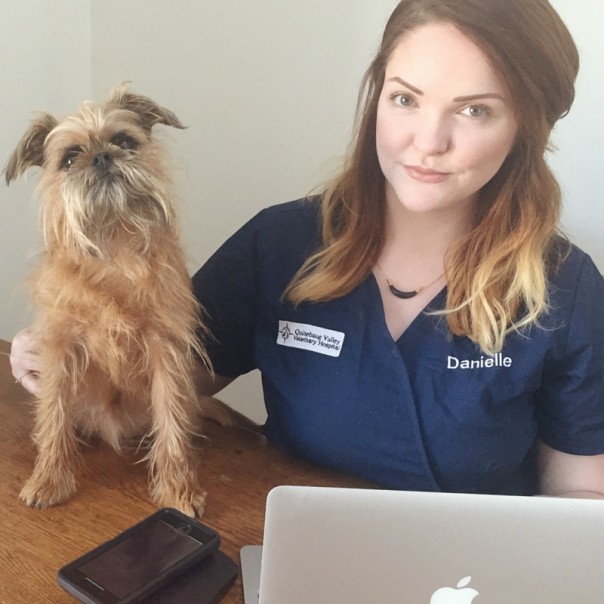The phone calls veterinary hospitals receive can be interesting, and pet owners can never be expected to be pet health experts. @AHappyVet shared a story with us on Instagram that proves both of these points.
I had a client call hysterical asking how to do CPR on her cat.
I walked her through it, heart pounding (pun intended).
Then there was a weird noise. “What was that?”
“He won’t hold still!! What do I do??”
“I’d stop CPR”.
 Danielle is a veterinary practice manager and the founder of SnoutSchool.com, a website dedicated to teaching veterinary hospitals to use social media effectively. You can get her 5 favorite social media tools here, or follow her on social media to see excessive photos of her Brussels Griffon. She’s @DanielleSnout on Snapchat, Instagram & Twitter.
Danielle is a veterinary practice manager and the founder of SnoutSchool.com, a website dedicated to teaching veterinary hospitals to use social media effectively. You can get her 5 favorite social media tools here, or follow her on social media to see excessive photos of her Brussels Griffon. She’s @DanielleSnout on Snapchat, Instagram & Twitter.

